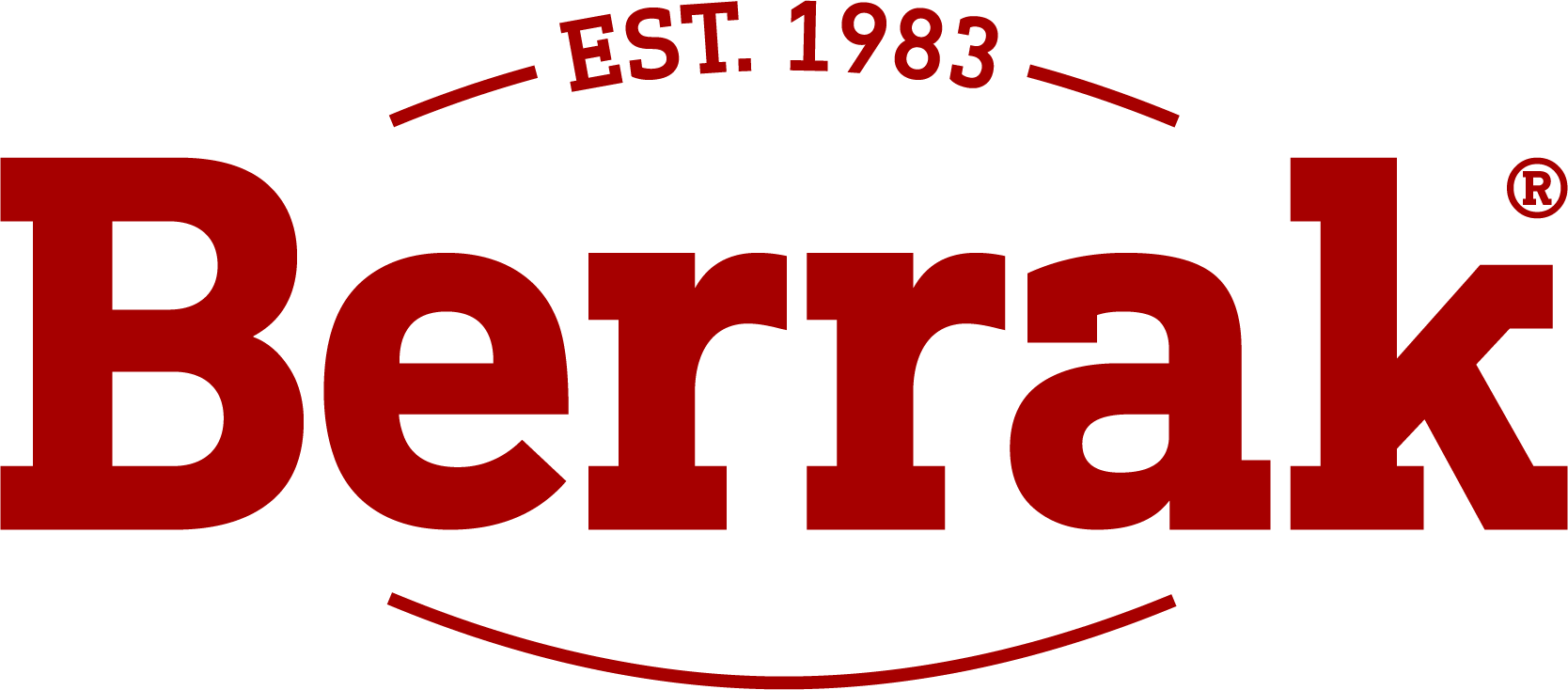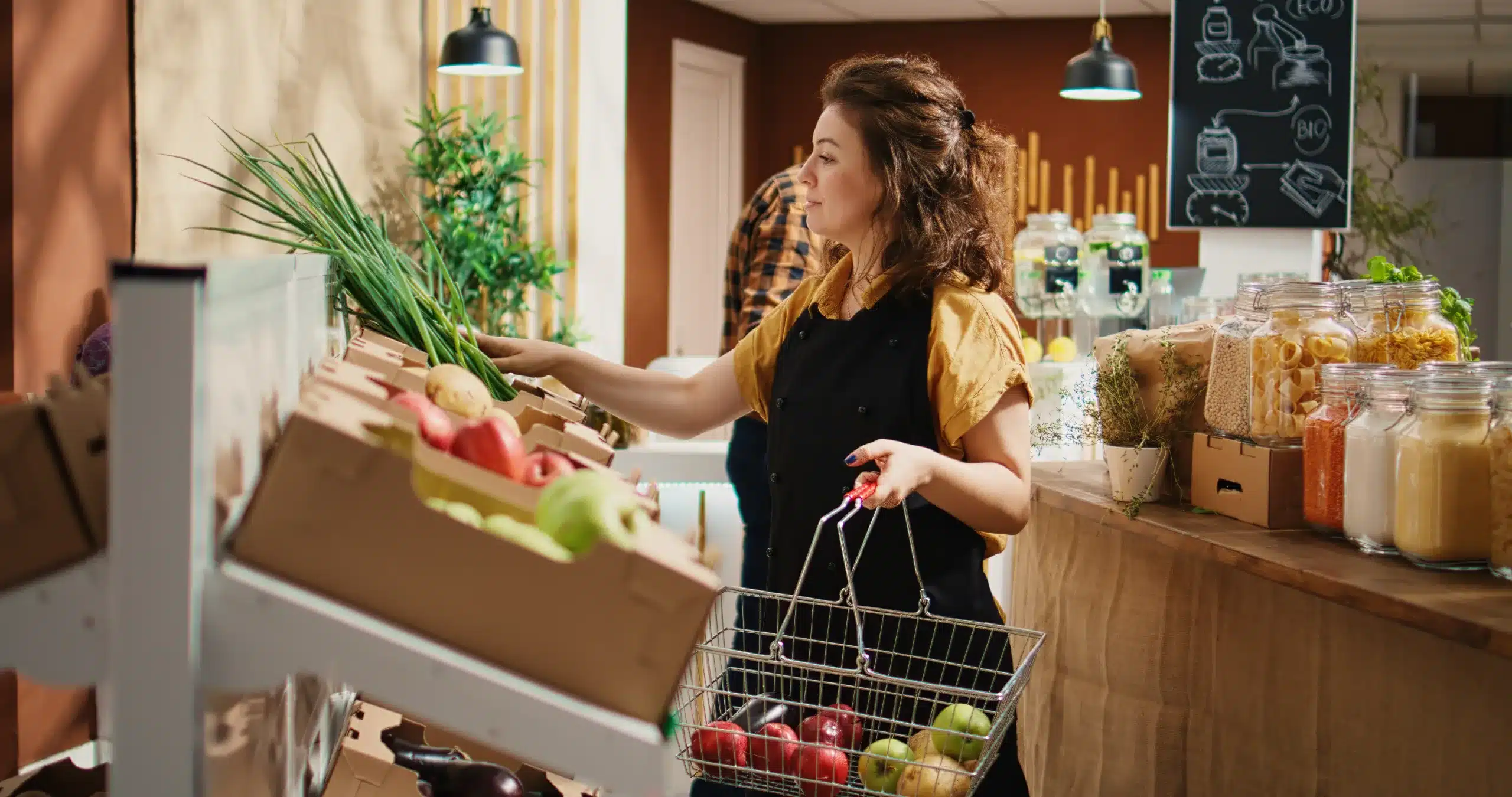In today’s world, mindful consumption and sustainability are becoming integral parts of our lives. The kitchen sits at the heart of this transformation. By adopting smarter shopping habits and effective food storage techniques, it’s possible to reduce waste, contribute to the environment, and save your budget. Here are practical tips to create a sustainable kitchen setup!
1. Planned Shopping: Buy Only What You Need
The foundation of a sustainable kitchen lies in the principle of “consume as much as you need.” Coming home from the store with excess food only to throw it away harms both the environment and your wallet.
- Make a List: Before heading out to shop, check your fridge and pantry shelves. Identify what you’re missing and create a shopping list. This helps prevent overbuying and encourages more mindful decisions.
- Create a Weekly Menu: Planning meals for the week saves you from the daily “what to cook” dilemma and streamlines your shopping.
Shopping from local producers reduces your carbon footprint and ensures fresher products. Supporting these markets also benefits the local economy.
2. Choose Unpackaged Products
A large portion of plastic waste comes from the kitchen. Choosing unpackaged products helps reduce environmental strain.
- Use Cloth Bags: Replace single-use plastic bags with cloth or mesh bags to carry your groceries.
- Bring Your Own Containers: When shopping at farmers’ markets or delis, take glass jars or stainless steel containers with you.
Shopping at bulk stores is another great option. It reduces packaging waste and is often more cost-effective.
3. Proper Storage Methods to Reduce Food Waste
Proper food storage is key to keeping your purchases fresh for longer. Here are some effective tips:
- Refrigerator Organization:
- Wrap vegetables in a damp cloth and store them in the crisper drawer to keep them fresh longer.
- Store dairy products on the middle shelf rather than the fridge door to avoid temperature fluctuations.
- Place meat and fish in the coldest area of the fridge.
- Use Glass Jars: Store dry foods like legumes, pasta, and rice in glass jars. This keeps them fresh and gives your pantry a neat appearance.
- Fruit and Vegetable Storage:
- Store tomatoes, potatoes, and onions in a cool, dark place instead of the fridge.
- Keep bananas separate to prevent other fruits from ripening too quickly.
These small adjustments will help you keep your kitchen organized while prolonging the shelf life of food and minimizing waste.
4. Repurpose Leftovers
In a sustainable kitchen, leftovers never go to waste—they get repurposed. Here are a few creative ideas:
- Vegetable Scraps: Turn leftover veggies into soups or prepare a homemade vegetable broth.
- Stale Bread: Use stale bread in meatball mixtures, make breadcrumbs, or toast them into croutons.
- Fruit Peels: Grate lemon and orange peels to use in baked goods or create natural room fresheners.
These methods reduce food waste while inspiring you to discover new recipes.
5. Compost Your Waste
Composting is a fantastic way to return organic waste to nature. Vegetable and fruit peels, coffee grounds, and eggshells can be turned into nutrient-rich compost.
Setting up a small compost bin at home is simple. Whether on your balcony or in your backyard, this system helps you recycle organic waste into soil-enriching compost.
6. Choose Innovative and Sustainable Products
Replacing plastic kitchen items with eco-friendly alternatives makes a big impact on sustainability:
- Bamboo Cutting Boards
- Stainless Steel or Glass Storage Containers
- Beeswax Wraps: These reusable wraps are a great substitute for plastic cling film and can be washed and reused.
These products are long-lasting and, over time, prove to be budget-friendly as well.
Small Steps, Big Impact
Creating a sustainable kitchen may seem overwhelming at first, but it’s easier than you think when you start with small steps. Reviewing your shopping habits, minimizing waste, and learning proper storage techniques are at the heart of this process.
Remember, every mindful choice you make in your kitchen is an investment in the environment and the future. With the decisions you take today, a cleaner and greener world is possible tomorrow!


